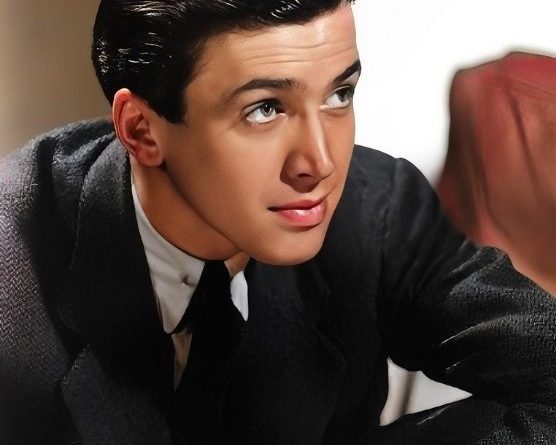“Timeless Elegance: James Stewart’s Enchanting Transformation”

But Stewart’s journey to stardom wasn’t scripted—it was forged in the crucible of life.

After crafting architectural dreams at Princeton University, he found himself on the stage, rubbing shoulders with thespians like Henry Fonda in the hallowed halls of the University Players. Though Broadway initially seemed like a curtain call, Stewart’s talent shimmered like a hidden gem waiting to be unearthed.

And unearthed it was, by none other than the silver screen itself. Metro-Goldwyn-Mayer beckoned, and Stewart stepped into the world of celluloid dreams with his debut in “The Murder Man” . But it was his rendezvous with destiny in Frank Capra’s masterpieces—”You Can’t Take It with You” and “Mr. Smith Goes to Washington” —that catapulted him into the limelight, earning accolades and an Oscar nod.

Yet, Stewart’s life took a dramatic turn when the world was embroiled in the chaos of war. Enlisting as a pilot in 1941, he soared through the skies, not just as a soldier but as a symbol of valor and duty.
Returning to Tinseltown after the war, Stewart’s star shone brighter than ever. From the heartwarming “It’s a Wonderful Life” to the spine-chilling thrillers of Alfred Hitchcock, he captivated audiences with every role, leaving an indelible mark on cinema.
But Stewart wasn’t just a reel hero—he was America’s hero. Honored with the Presidential Medal of Freedom and an honorary Academy Award, he transcended the silver screen, embodying the very essence of integrity and grace. 
James Stewart wasn’t just a star; he was a constellation in the firmament of Hollywood, his legacy a beacon of inspiration for generations to come.

